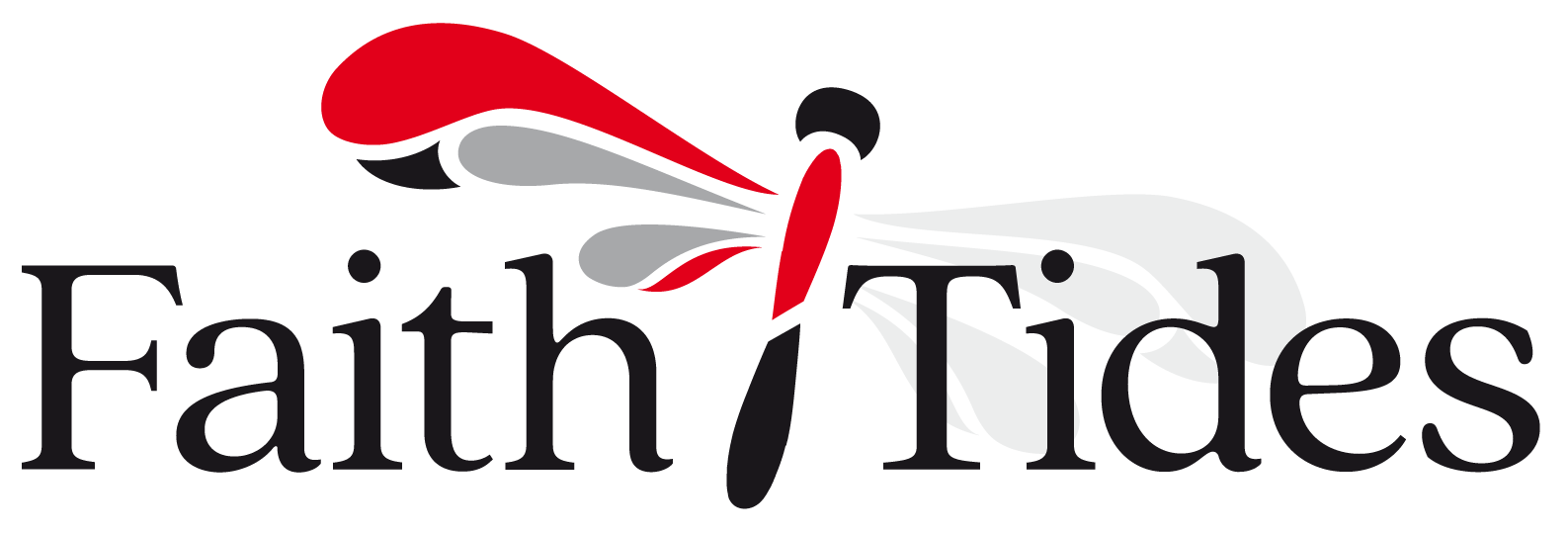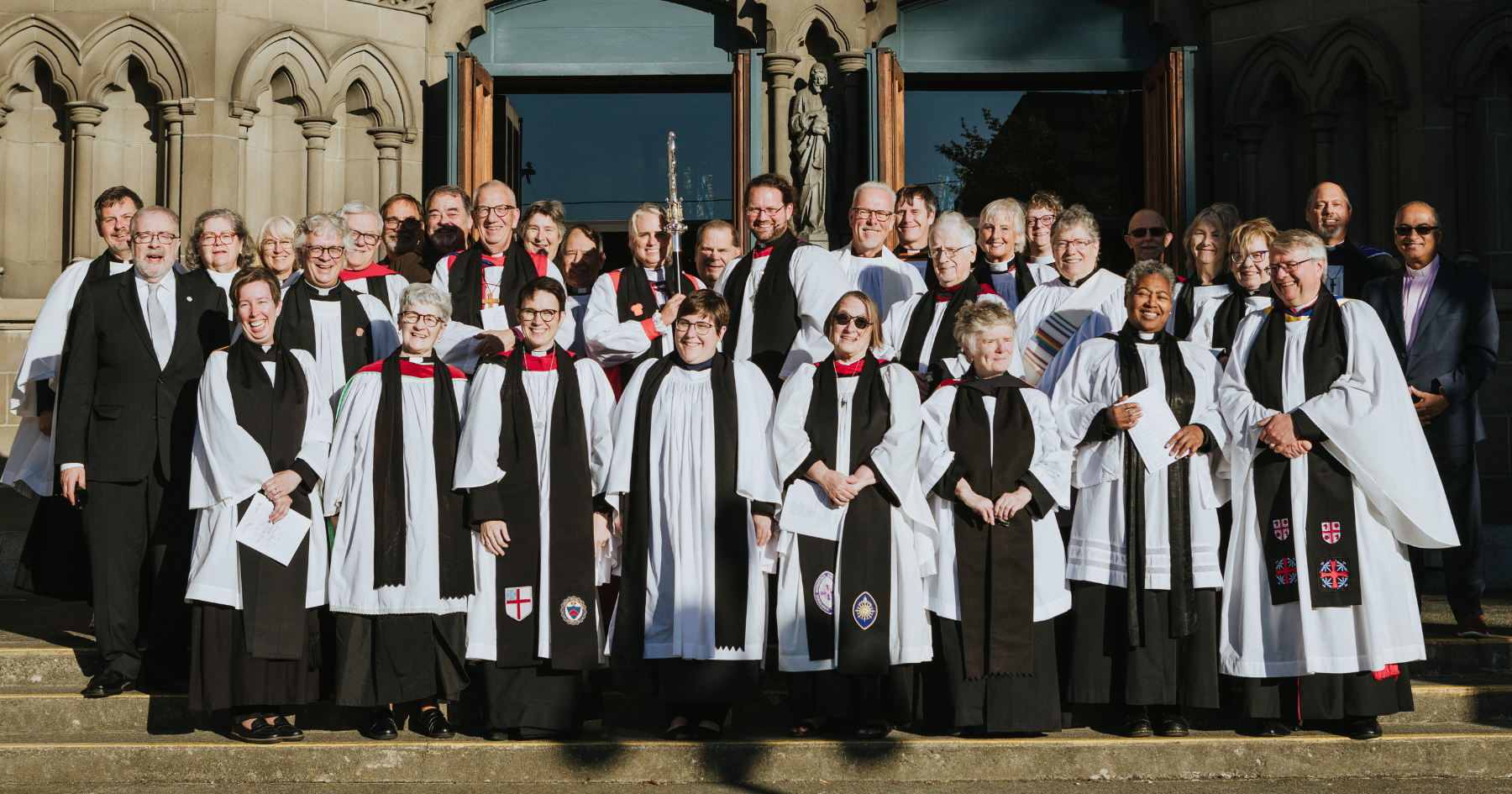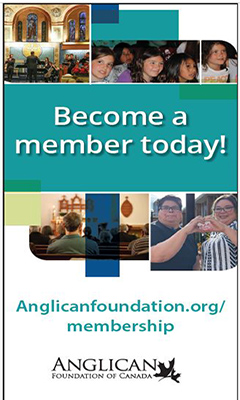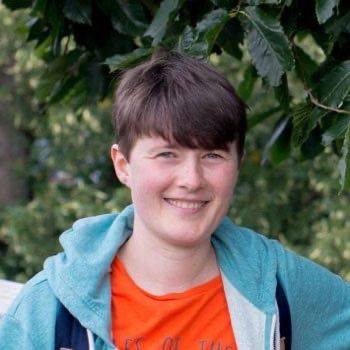Sunday, Sept. 29, 2024 marked the 95th feast of the dedication of Christ Church Cathedral. A fitting day, then, for the installation and induction of Jonathan Thomas as the dean of British Columbia and rector of Christ Church Cathedral during choral evensong at the cathedral.
Jonathan comes to the Diocese of Islands and Inlets from the Diocese of Chicago, where he and his wife Jenny Replogle served as co-rectors of St Paul’s, Peoria for nine years. Prior to discerning a call to ordained ministry, Jonathan was a high school teacher. He earned a master of divinity from Princeton Theological Seminary, a diploma in Anglican studies from Virginia Theological Seminary and a certificate in non-profit management from the Kellogg School of Management.
The service opened with a territorial acknowledgement by Jonathan. Then, those in attendance, or watching along on the livestream, enjoyed the world premiere of a setting of the “Jubilate Deo” (Psalm 100) by British-American composer David Briggs. This introit was commissioned especially for the installation by an anonymous donor. A second original composition was heard later on in the service during the installation: a setting of Psalm 84 (“How lovely is your dwelling place”) by the cathedral’s director of music, Donald Hunt.
Another unique feature of the music for this service was the diocesan massed choir, which bought together singers from the cathedral choir, the Christ Church Cathedral School young choristers, the parish choir, the cathedral youth choir, and from eight other parishes across the diocese. All in all, there were 80 singers present.
Donald Hunt had this to say about his choice of music for the service: “I aimed to draw from the riches of the Anglican musical tradition with a specific view to representing parts of the world pertinent to the day’s celebration. So we had music from Canada; the United States, where our new dean comes from; as well as the UK, which is the motherland of the great choral tradition; and I tried to select a mixture of familiar and new, including the hymn choices.
“‘The church of Christ in every age’ was chosen for the way that it encourages us to think about the church as something which is always changing and evolving, however slowly. This is a reflection of my role as the steward of a musical tradition rooted in its past but constantly growing and evolving, our new dean’s role in managing change at the cathedral and in the diocese and the whole church’s role to bring about positive change in the world around us.”
The installation and induction of a dean and rector
During this service, Jonathan was installed and inducted as a dean and rector. But what do all these terms mean, you might be wondering? As a rector, Jonathan is the priest in charge of the cathedral parish’s spiritual life, as well as its practical arrangements, such as presiding at meetings of the cathedral management team. As dean, Jonathan is considered the chief priest of the diocese, and the bishop’s deputy.
The induction part of the ceremony invests the rector with all the rights and responsibilities of that office. While “installation” refers to the office of dean and invests the dean-designate with the authority and responsibility to hold this office.
The induction took place first. Bishop Anna asked Jonathan a series of questions, to which he responded “I will, with God’s help.” These included asking that he make the cathedral a house of prayer for all people, and whether he will willingly carry out the duties of his office. The Bishop then addressed the clergy in attendance and asked whether they will support Jonathan as their dean. Finally, the Bishop addressed the congregation and asked if they too would support and uphold Jonathan.
Jonathan was then presented with a series of gifts that symbolize the rights and responsibilities of the office of rector. Church wardens Anthony Danda and Sue Simpson presented Jonathan with keys and a Book of Common Prayer, which symbolize the temporal and spiritual life of the church. Jenny Replogle then presented Jonathan with the seal of the Diocese of Islands and Inlets in the form of a tippet patch. The seal symbolizes the dean’s role as a partner in ministry with clergy and churches across the whole diocese. Lastly, Julian Daly, executive director of Our Place Society, presented Jonathan with a Bible. This gift is given on behalf of the entire community of Victoria and symbolizes the dean’s duty to live out the values of his faith in his interactions with the community.
After being presented with these gifts, Jonathan was led to a special chair (or stall, hence “installation”) whose woodwork and embroidery mark it with symbols signifying the role of dean. The diocesan massed choir sang Donald Hunt’s composition of Psalm 84, and then Bishop Anna completed the installation, adding her own words: “Jonathan, I see in you both a gentle wisdom and a mighty faith, and it is with great gratitude and humility that I present to you your new dean, Jonathan Thomas.” This was followed by enthusiastic applause.
The homily
Jonathan delivered the homily and began by focusing in on a particular line from the reading: “Let us hold fast to the confession of our hope without wavering.” (Hebrews 10:23) To which Jonathan responded, “‘without wavering,’ really? My expression of hope is often more like a breathy whisper than a full-throated confession.”
This, he is aware, “is only a comment on my fallible faith and failing human vision of God at work around us. Hope itself is not that fragile a thing; it can stand up to the realities of the world better than my mere confession of it can.”
Jonathan then looked at some of the imagery of hope in popular culture. Emily Dickinson described hope as “the thing with feathers – / That perches in the soul …” But Jonathan feels this imagery is too weak, too dainty, and that if hope does have wings then they are dragon wings “attached to a scaly armored body ready to do battle, and a mouth that breathes fire to light up the night of your soul, and of our world.”
Or another possible image for hope: a boxer who, despite getting knocked down, repeatedly gets back up to his feet. Why a boxer? Because the world needs a kind of hope that, despite all evidence to the contrary, believes that a better future is possible and is able to muster the energy to get back up time and time again and proclaim that hope in the streets.
Jonathan talked about some of the many issues facing countless people in our diocese, including homelessness, substance abuse disorders, religious persecution and loneliness, which has reached epidemic proportions. “What they are longing for,” says Jonathan, “is hope that what that great visionary Anglican healer Desmond Tutu used to call ‘the dream of God’ is not some ethereal promise, or far off reality, but is yet possible in the here and now.” What they need is parishioners, civic leaders, non-profit partners, First Nations members and interfaith leaders who can make that hope a tangible reality.
Returning to the imagery of hope, Jonathan pointed to the central image of hope in the Christian tradition: that of the resurrected Christ, who knew suffering and death, and had the scars to prove it, but who still walked out into the world with a message of hope. What those who are suffering need, said Jonathan, is professions of hope. That could look like civic leaders who are willing to wade into intractable problems, or non-profit managers who find a way to piece together the funding they need to keep their programs running, or it may look like a church finding meaning and purpose in the face of loss.
Jonathan ended his homily with a promise and a call to action: “I’m in it with you if you will be in it with me.”
To hear the full homily, watch the cathedral livestream, or read it by downloading the text. Below is a gallery of images from the choral evensong service.


















